|
Nanotechnology News from Nanowerk

 Researchers demonstrated a novel double-helical metal organic framework architecture in a partially oxidized form that conducts electricity, potentially making it a next-generation semiconductor. 
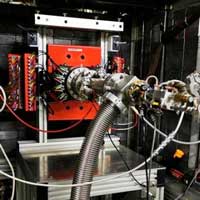 Scientists have made a breakthrough in the development of a new generation of electronics that will require less power and generate less heat. It involves exploiting the complex quantum properties of electrons - in this case, the spin state of electrons. 
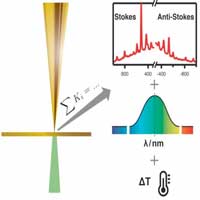 Researchers report the first accessible method to gain unprecedented insights into the plasmonic activity of a single nanoparticle during a typical tip-enhanced Raman spectroscopy experiment. 
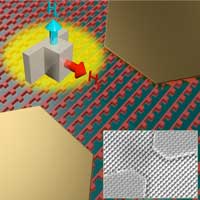 The new highly efficient metasurface switch needs no metal or backing material. This means detectors using the switch would be smaller, thinner, more efficient, and require less power. 
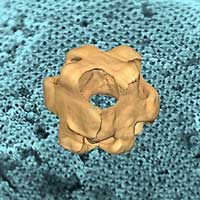 Scientists have discovered a new method for creating hollow metallic nanostructures with regularly spaced and sized pores. The pores are large and regular enough to carry molecule or nanoscale-size particles of drugs and other substances. 
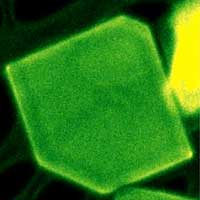 Researchers discovered a new way to integrate semiconductor layers to make heterostructures. They found that layers of different compounds of tin and sulfur spontaneously separated during synthesis. This unique structure translates into excellent light absorption and energy transfer properties. 
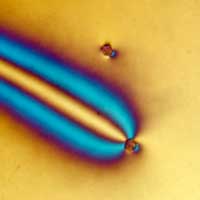 Scientists used silica micro-particles mixed into liquid crystals to investigate how atoms behave and interact. They explored optical control of hexagonal silica micro-particles whose surfaces were altered with dye molecules and dispersed in a liquid crystal. 
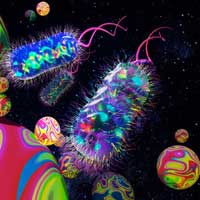 Engineers have created a tiny device that can rapidly detect harmful bacteria in blood, allowing health care professionals to pinpoint the cause of potentially deadly infections and fight them with drugs. 
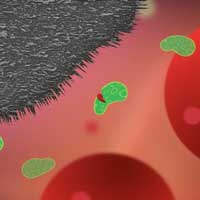 Graphite nanoplatelets integrated into plastic medical surfaces can prevent infections, killing 99.99 per cent of bacteria which try to attach - a cheap and viable potential solution to a problem which affects millions, costs huge amounts of time and money, and accelerates antibiotic resistance. 
 Graphil is a project that aims to create a market prototype for a new and improved way to purify water, using graphene. 
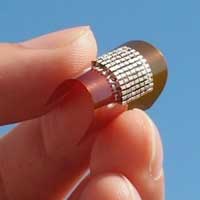 Scientists have revealed how the thermoelectric effect, or converting temperature differences into electricity, can be optimally used to power small, flexible devices. Their study has shown why thermoelectric device performance to date has not yet reached its full potential. 
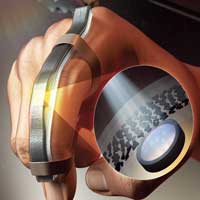 Rsearchers have developed a novel wearable strain sensor based on the modulation of optical transmittance of a carbon nanotube (CNT)-embedded elastomer. The sensor is capable of sensitive, stable, and continuous measurement of physical signals. 
|
|